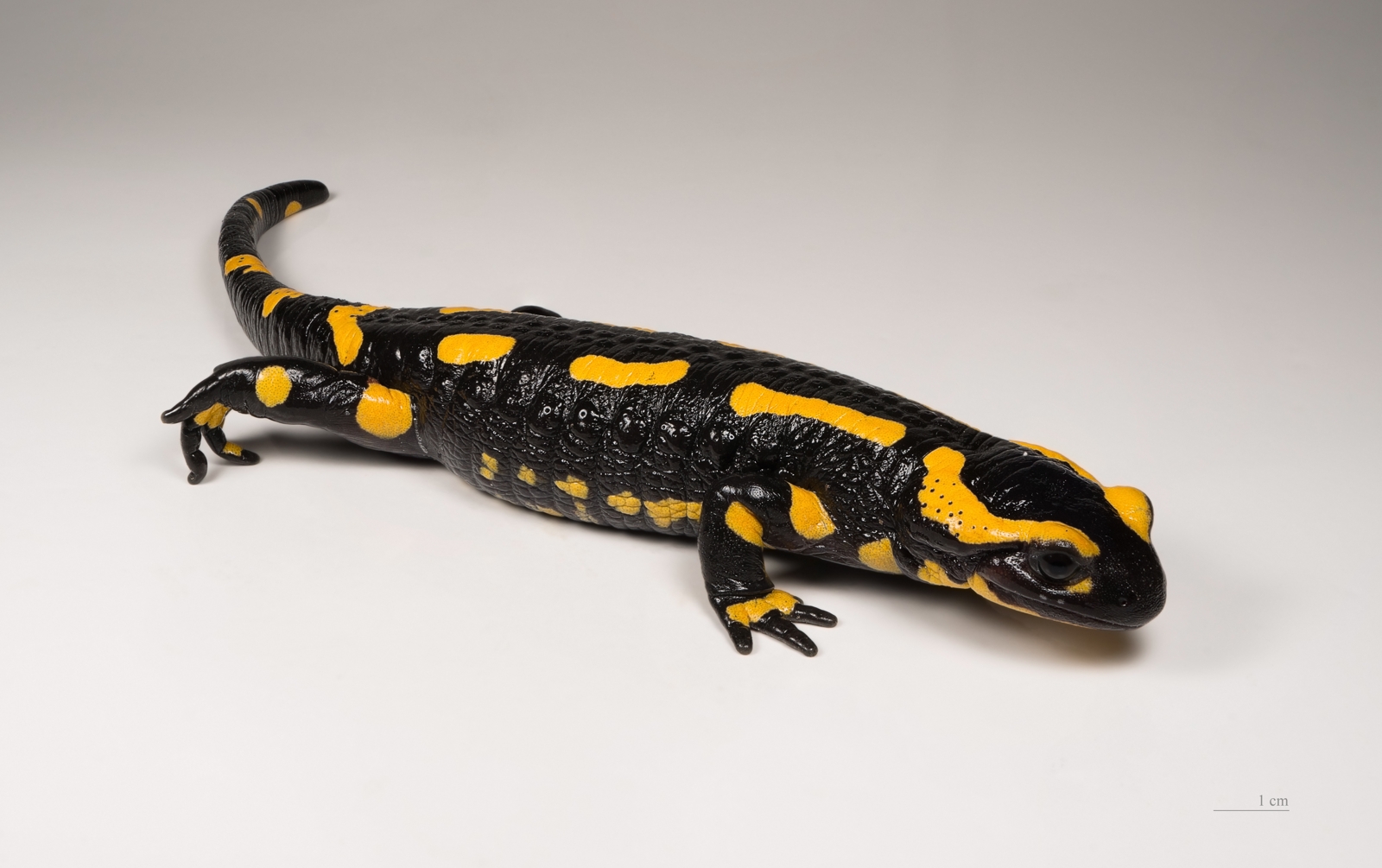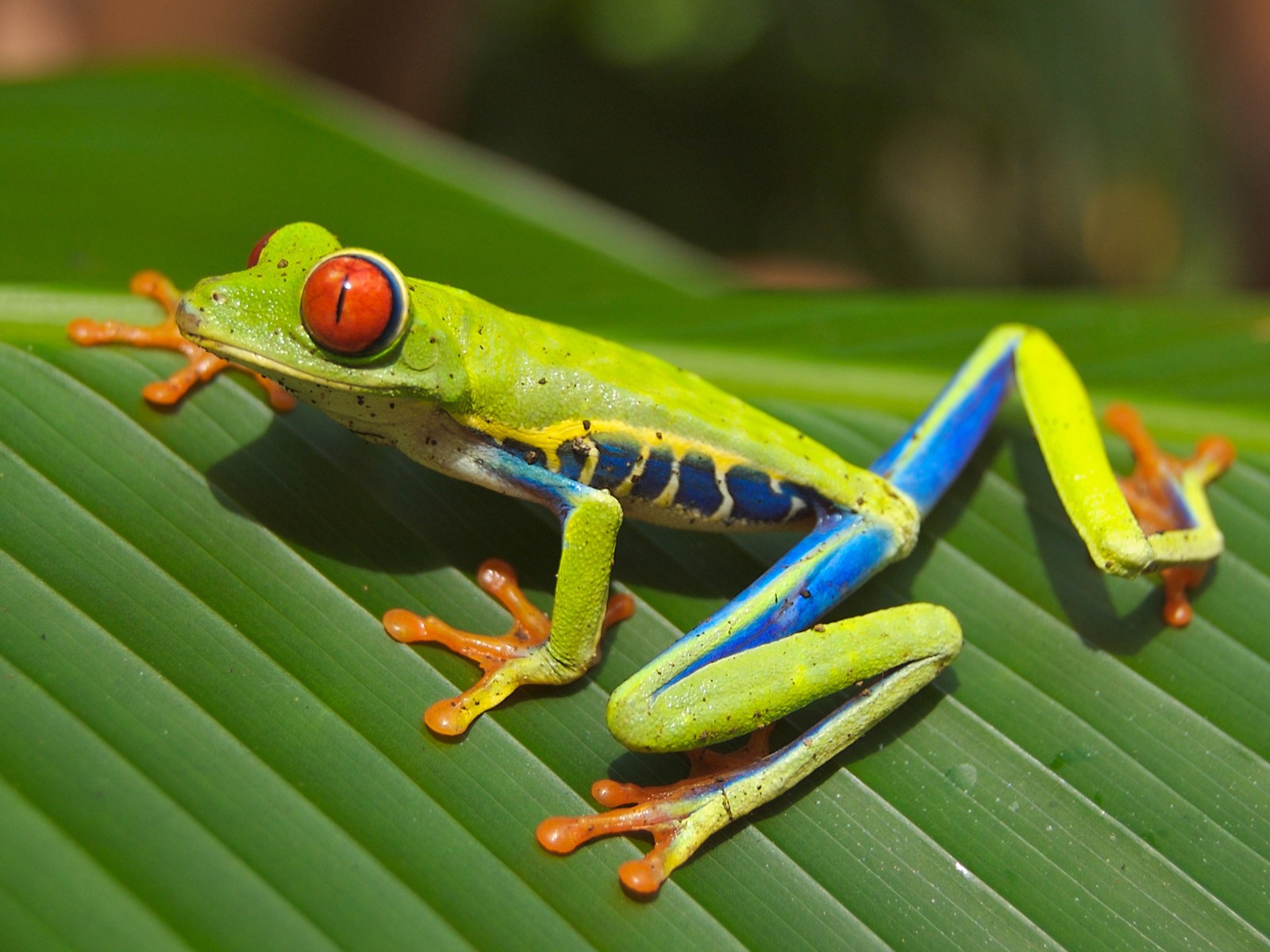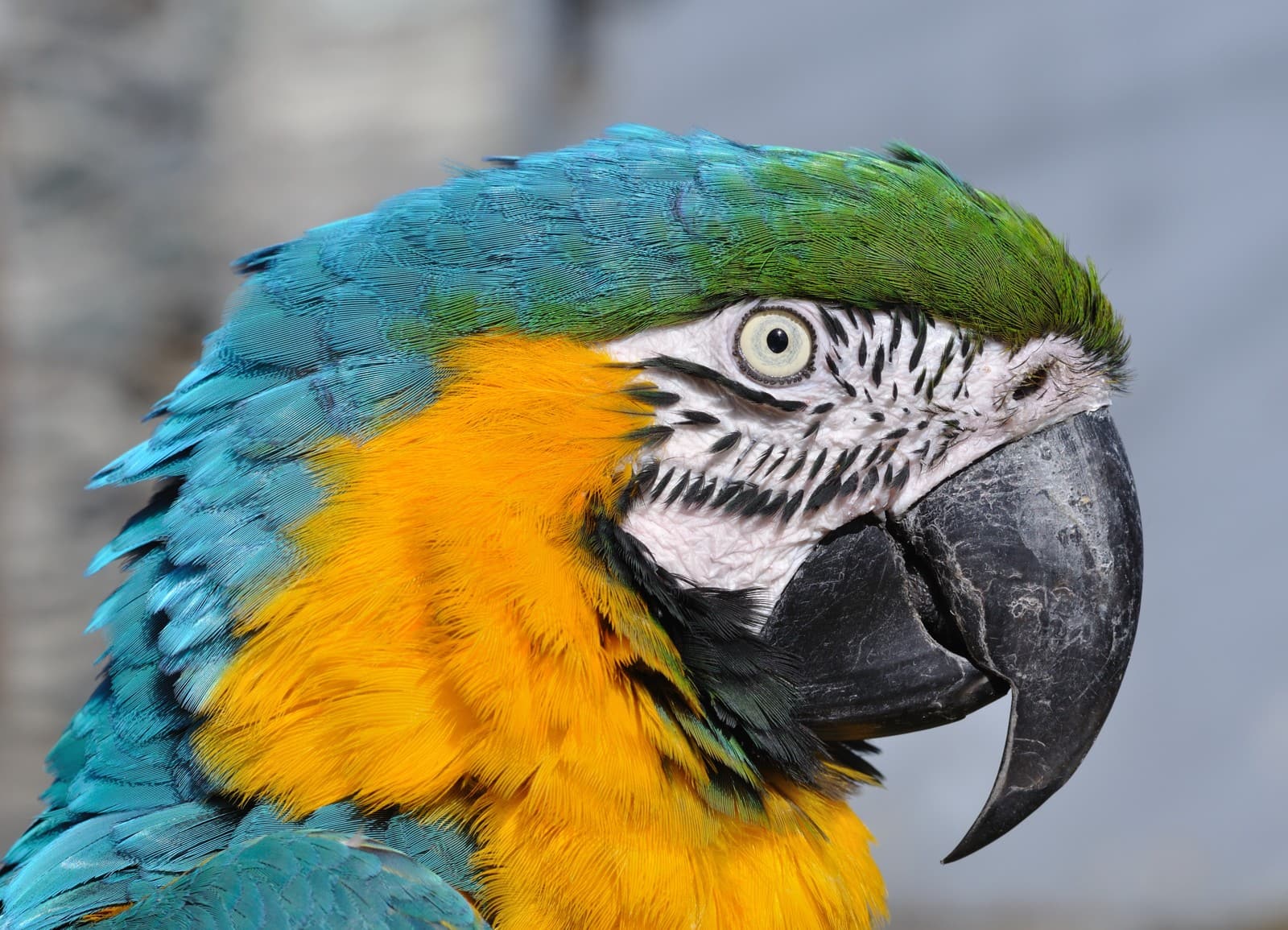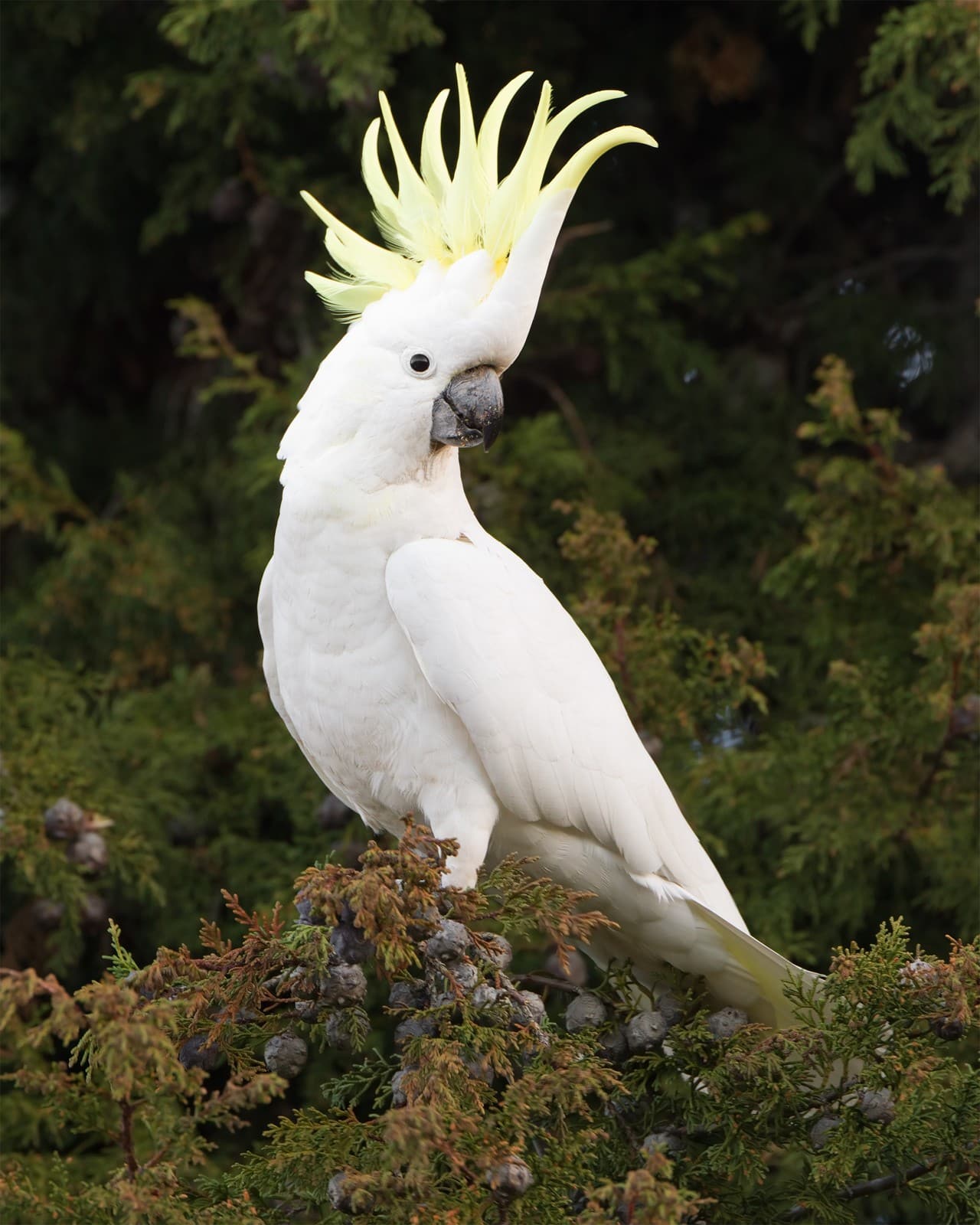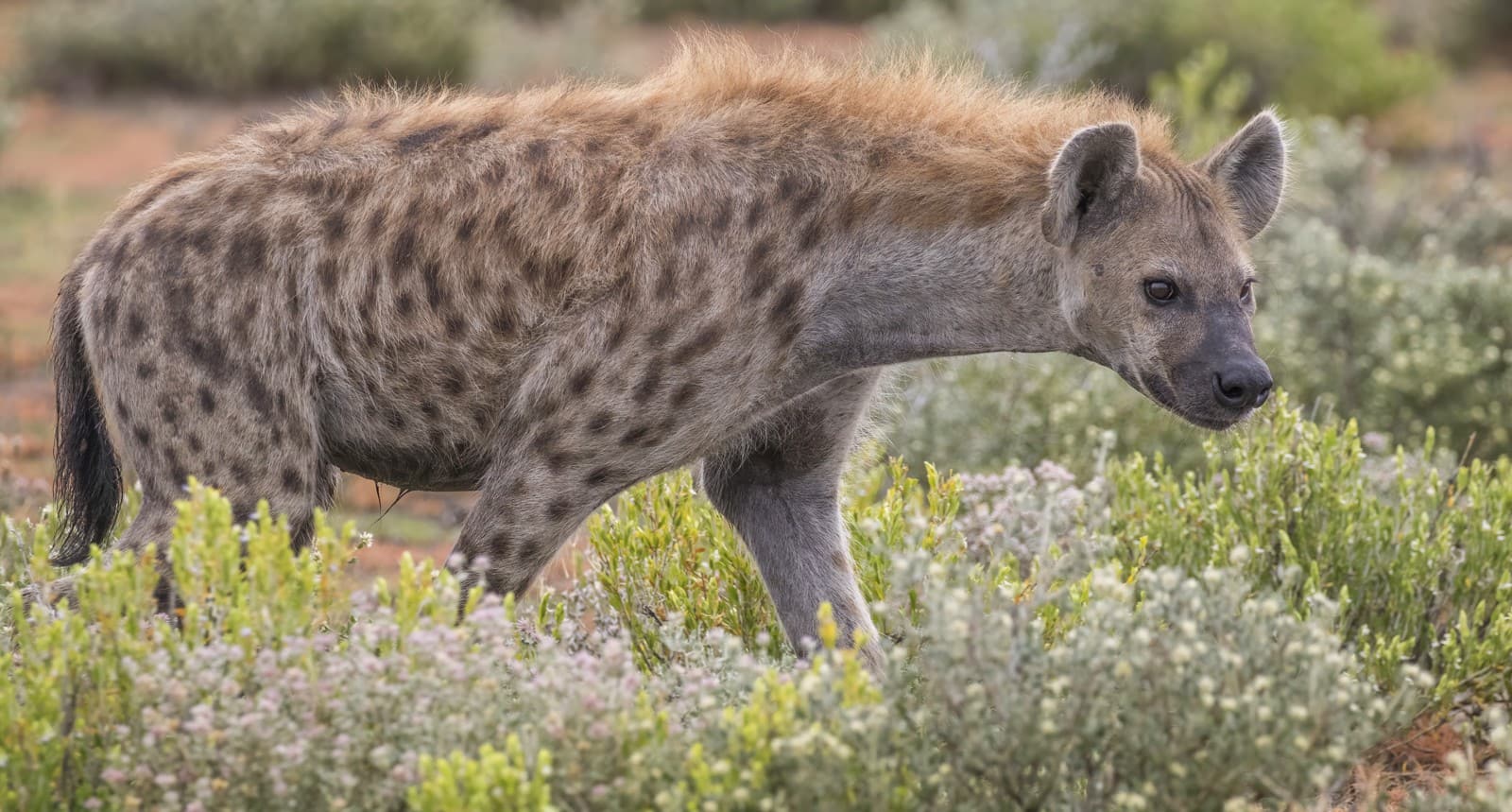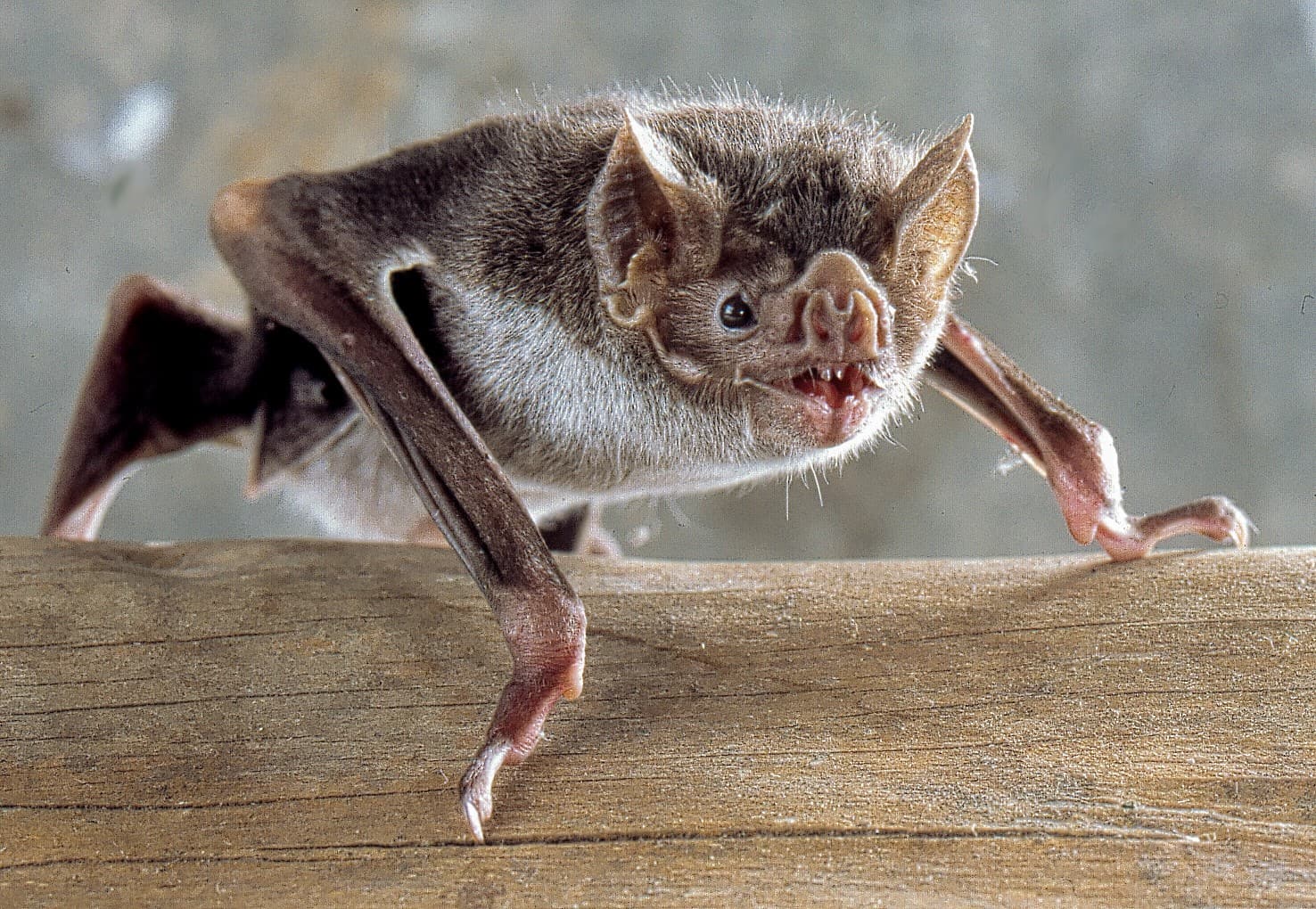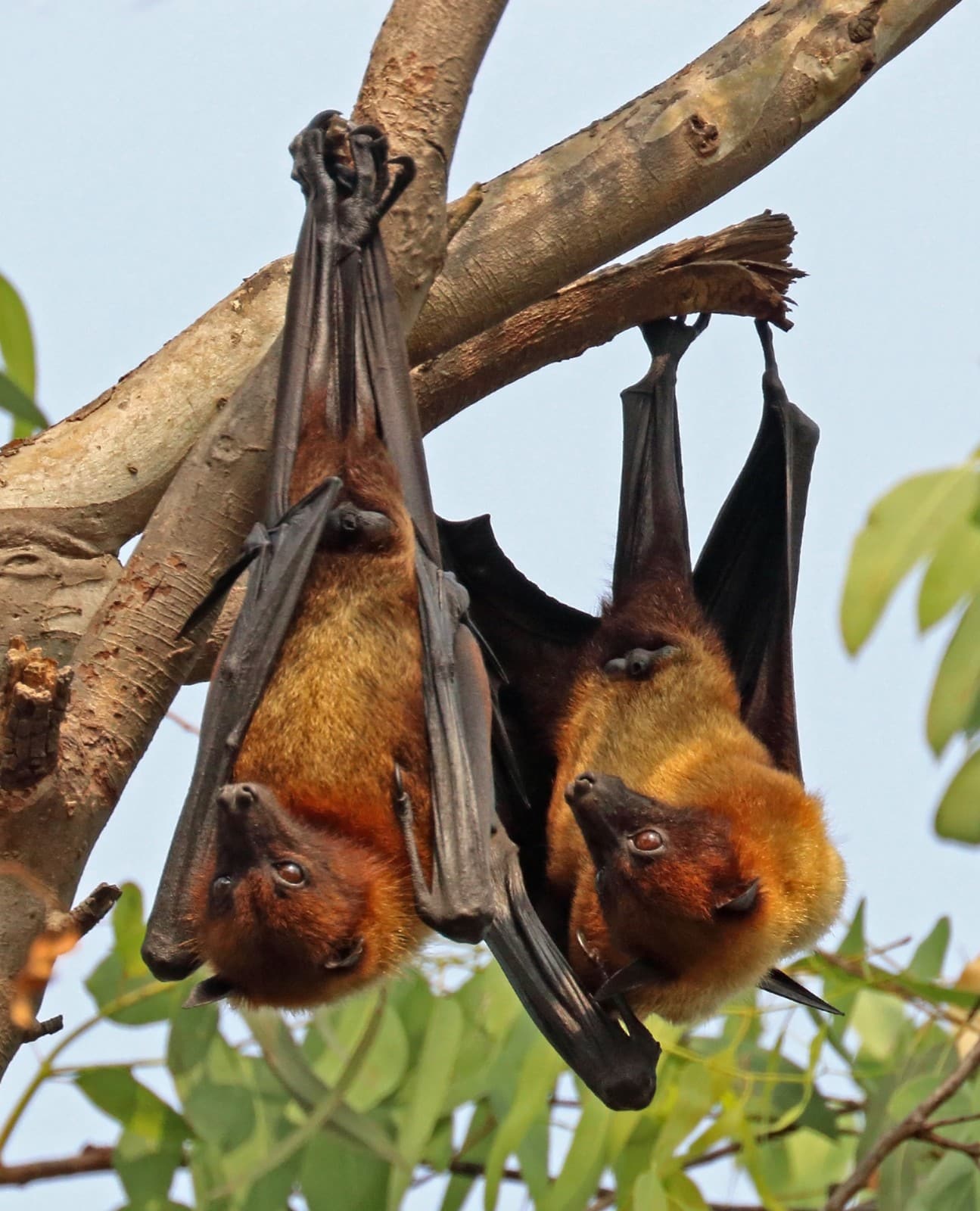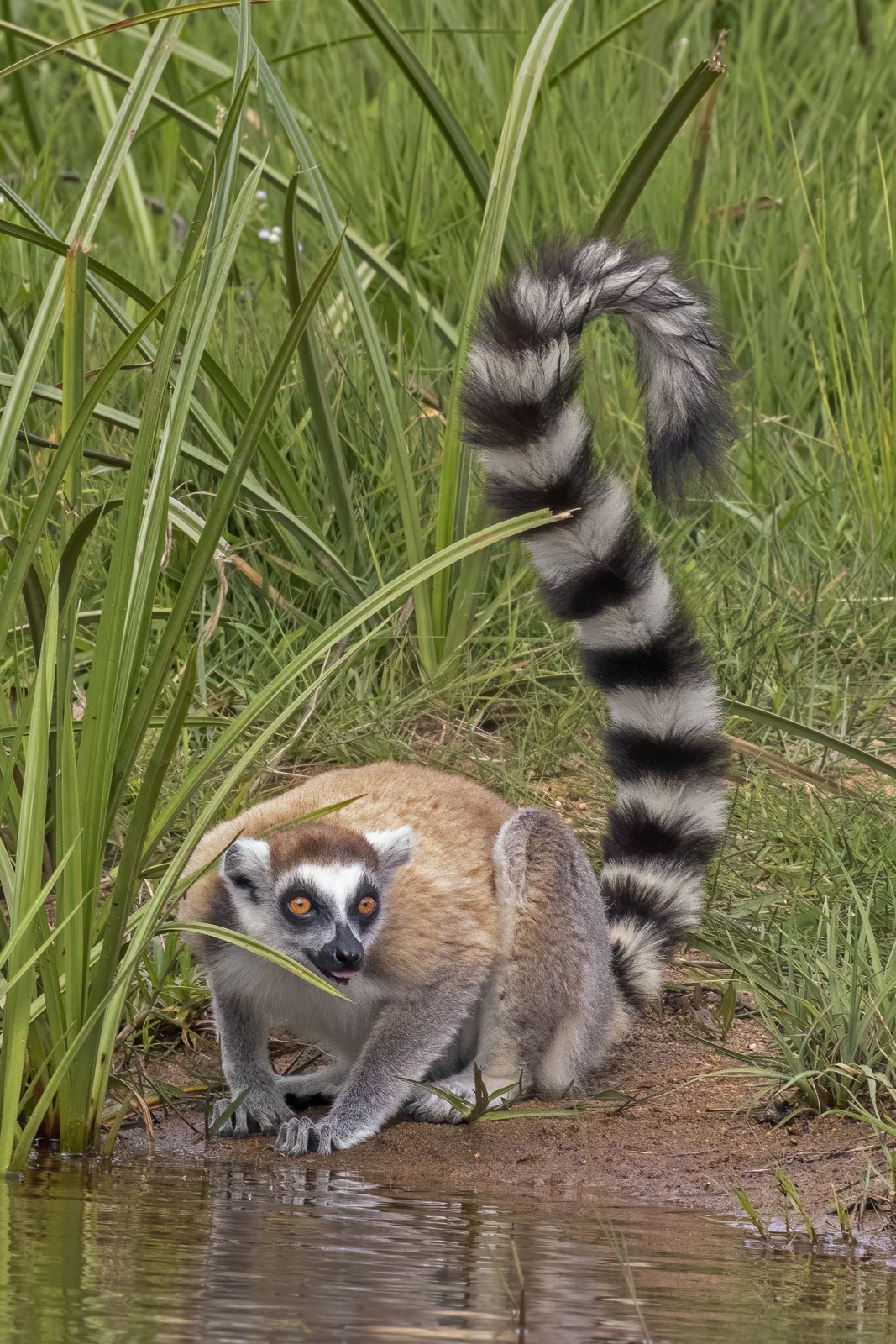Frog vs Toad: A Complete Comparison
While frogs and toads are both amphibians belonging to the order Anura, they exhibit distinct characteristics that set them apart. The primary difference lies in their adaptation to different habitats - frogs typically live near water bodies and possess smooth, moist skin, while toads are more terrestrial with dry, warty skin. Most frogs can leap distances up to 20 times their body length, while toads generally hop shorter distances of 1-2 body lengths.
These fascinating amphibians have evolved unique features over 265 million years, adapting to diverse environments across every continent except Antarctica. Understanding their differences helps not only with identification but also reveals the remarkable ways these creatures have adapted to their specific ecological niches.
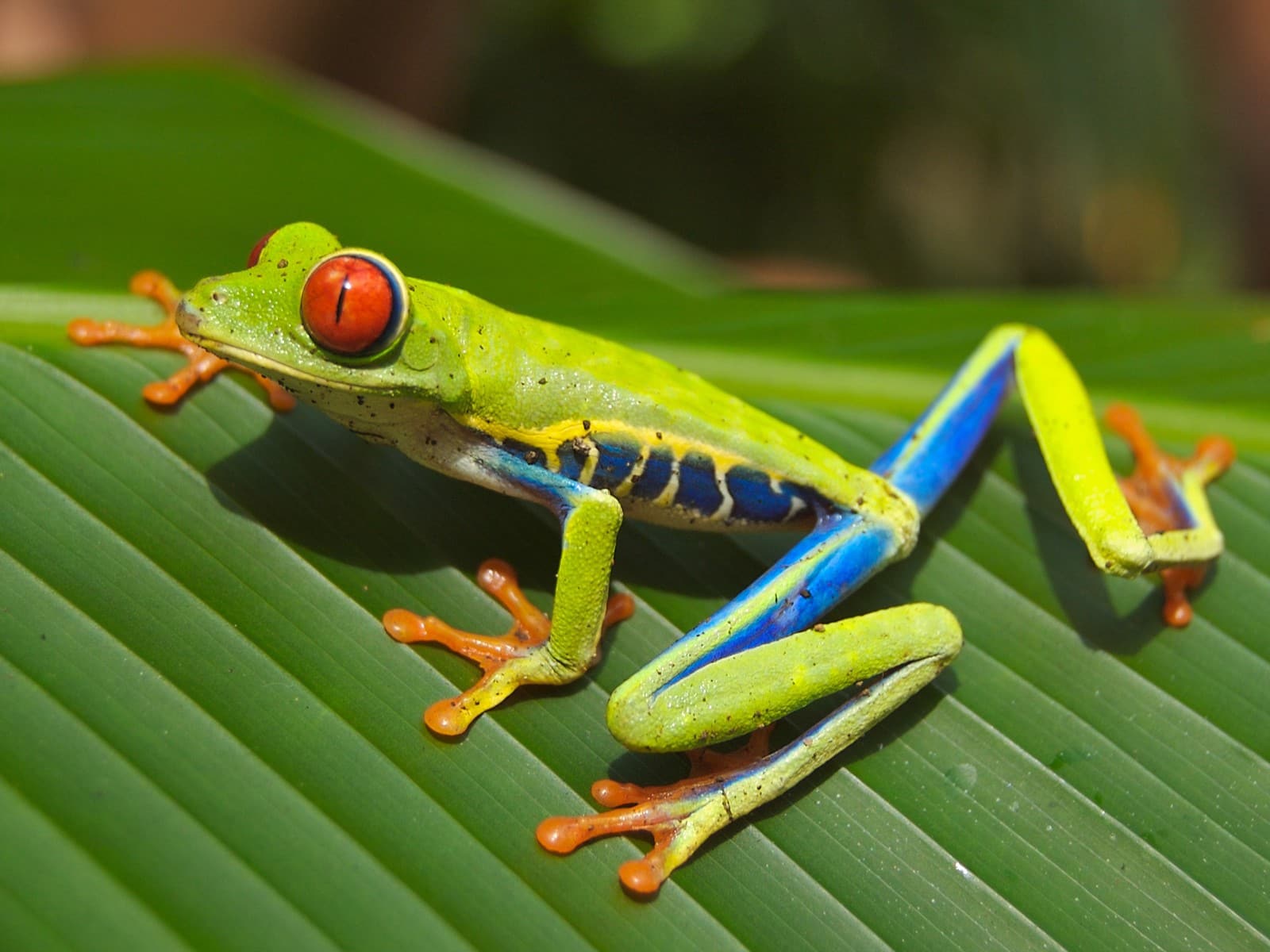
The Red-eyed Tree Frog exemplifies classic frog characteristics with its smooth, moist skin and long legs adapted for powerful jumping. Notice the streamlined body shape and specialized toe pads that enable exceptional climbing ability - features rarely found in toads.
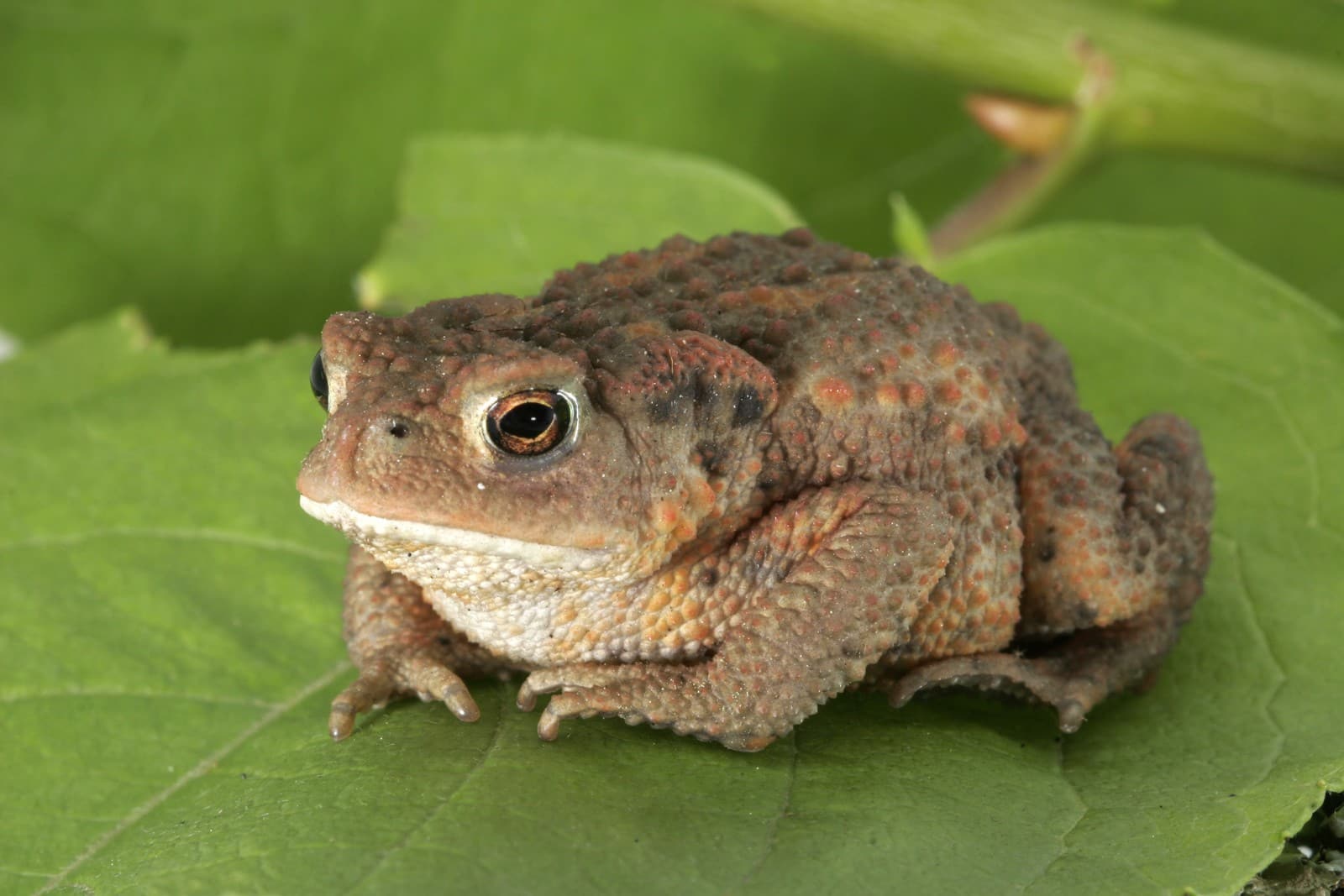
The American Toad displays typical toad characteristics including dry, warty skin and a more robust body structure. These features help conserve moisture during extended periods away from water and provide natural camouflage in terrestrial environments.
Key Physical Differences: Frog vs Toad
| Feature | Frog | Toad |
|---|---|---|
| Skin Texture | Smooth, moist | Dry, warty |
| Leg Length | Long, powerful | Shorter, stockier |
| Habitat | Mainly aquatic/semi-aquatic | Primarily terrestrial |
| Movement | Leaps (up to 20x body length) | Hops/crawls (1-2x body length) |
| Eggs | Laid in clusters | Laid in chains |
| Size Range | 0.3-12 inches (7.6-305 mm) | 1-9 inches (25-229 mm) |
Habitat and Behavior Differences
Frogs typically remain closer to water sources throughout their lives, with many species returning to water bodies for breeding. Their smooth, permeable skin requires regular moisture, leading to predominantly aquatic or semi-aquatic lifestyles. Most frog species are exceptional swimmers, using their powerful legs and webbed feet to navigate through water with remarkable efficiency.
Toads, conversely, have evolved to spend significant time away from water. Their thicker, less permeable skin helps retain moisture, allowing them to venture farther inland. Many toad species only return to water during breeding season, spending the remainder of their time in gardens, woodlands, or even desert environments.
Defensive Adaptations
Both groups employ distinct defensive strategies shaped by their environments:
-
Frogs often rely on:
- Quick escape through powerful jumping
- Camouflage coloration
- Toxic skin secretions (in some species)
- Warning coloration (in poisonous species)
-
Toads typically depend on:
- Parotoid glands producing toxic secretions
- Cryptic coloration
- Playing dead when threatened
- Inflating their bodies to appear larger
Life Cycle Comparison
While both frogs and toads undergo metamorphosis, subtle differences exist in their development:
-
Egg-laying patterns:
- Frogs typically lay eggs in clustered masses
- Toads usually lay eggs in long chains or strings
-
Tadpole development:
- Frog tadpoles are typically longer and more streamlined
- Toad tadpoles are shorter, rounder, and darker in color
-
Metamorphosis timing:
- Frog tadpoles generally take 2-4 months to metamorphose
- Toad tadpoles often complete metamorphosis in 6-8 weeks
Conservation Status
Both frogs and toads face similar environmental challenges, with habitat loss and climate change posing significant threats. Amphibian populations worldwide have declined by approximately 40% over the past three decades, making conservation efforts crucial for both groups.
Who Would Win in a Direct Comparison?
While neither frogs nor toads typically engage in combat, their different adaptations suit different survival strategies:
- Jumping Distance: Frogs win with 20x body length vs toads’ 1-2x
- Toxicity: Toads generally have more potent defensive secretions
- Swimming Ability: Frogs demonstrate superior aquatic agility
- Terrestrial Survival: Toads show greater adaptability to land-based living
- Drought Resistance: Toads better withstand dry conditions
The “winner” ultimately depends on the environment and specific challenges faced, as each group has evolved to excel in their particular ecological niche.
